Does your department struggle with chronic vacancies?
Hire Ahead: A strategic solution that reduces reliance on premium pay
High performing leaders ensure departments always have the right number of staff available to provide quality patient care. Healthcare’s complexities certainly make this a challenging endeavor, but perhaps the biggest barrier to success is lack of staff availability due to turnover and FMLA.
To fill schedule gaps, we rely on staff members to work overtime as well as costly contract premium labor resources. Overtime costs organizations 150% of nurse base pay and travel nurses typically cost twice as much as an employed staff nurse.
Logically, we think replacing staff who left will solve the vacancy gap. However, by the time a position has been approved for replacement, a suitable candidate is selected, and they become fully oriented and ready to work, 6 months have gone by and more staff members have resigned. Some units hit a turnover tipping point where the vacancies drive more resignations and the culture of the unit plummets.
The hire ahead strategy quantifies the number of FTEs that should be hired above the budgeted staff members to account for the gap in time between replacement position approval and the replacement being ready to work. It incorporates historical turnover rates as well as recruitment metrics, such as time to fill, and the typical weeks allocated for onboarding to determine how many FTEs a department should hire ahead. Without this strategy, every unit will be short staffed to the tune of their own recruitment and onboarding turnaround times.
Top tip: To get a realistic picture of number of shifts being regularly filled with premium labor due to open positions, compare the average number of vacant FTEs due to recruiting and onboarding turnaround time and compare it to the total department FTEs. If the percentage for the department is greater than 10%, you should highly prioritize the hire ahead strategy. (Hint: the hire ahead FTE value for a 6-month gap for one position is 0.5)
To successfully implement a hire ahead strategy, recruitment and turnover data should be paired with the department’s hire target to calculate the number of FTEs a department should hire to mitigate schedule gaps.
Top tip: Remember that the hire ahead calculation will vary significantly by departments as recruitment efforts and onboarding vary by skill and position type.
Financial and Cultural Return on Investment
The potential ROI of the hire ahead exercise can be significant. One of our clients, a 600-bed hospital, identified a $1M opportunity simply by reducing the need for overtime and premium labor.
Finance leaders may initially be skeptical and might consider hiring extra team members as counter-intuitive to our focus on managing labor spend. However, this line of thinking neglects to consider the amount of money being wasted on avoidable premium pay. Organizations who implement this strategy will identify financial savings and achieve significant cultural improvements for units struggling with chronic vacancies, ultimately driving lower turnover and additional savings in the long term.





